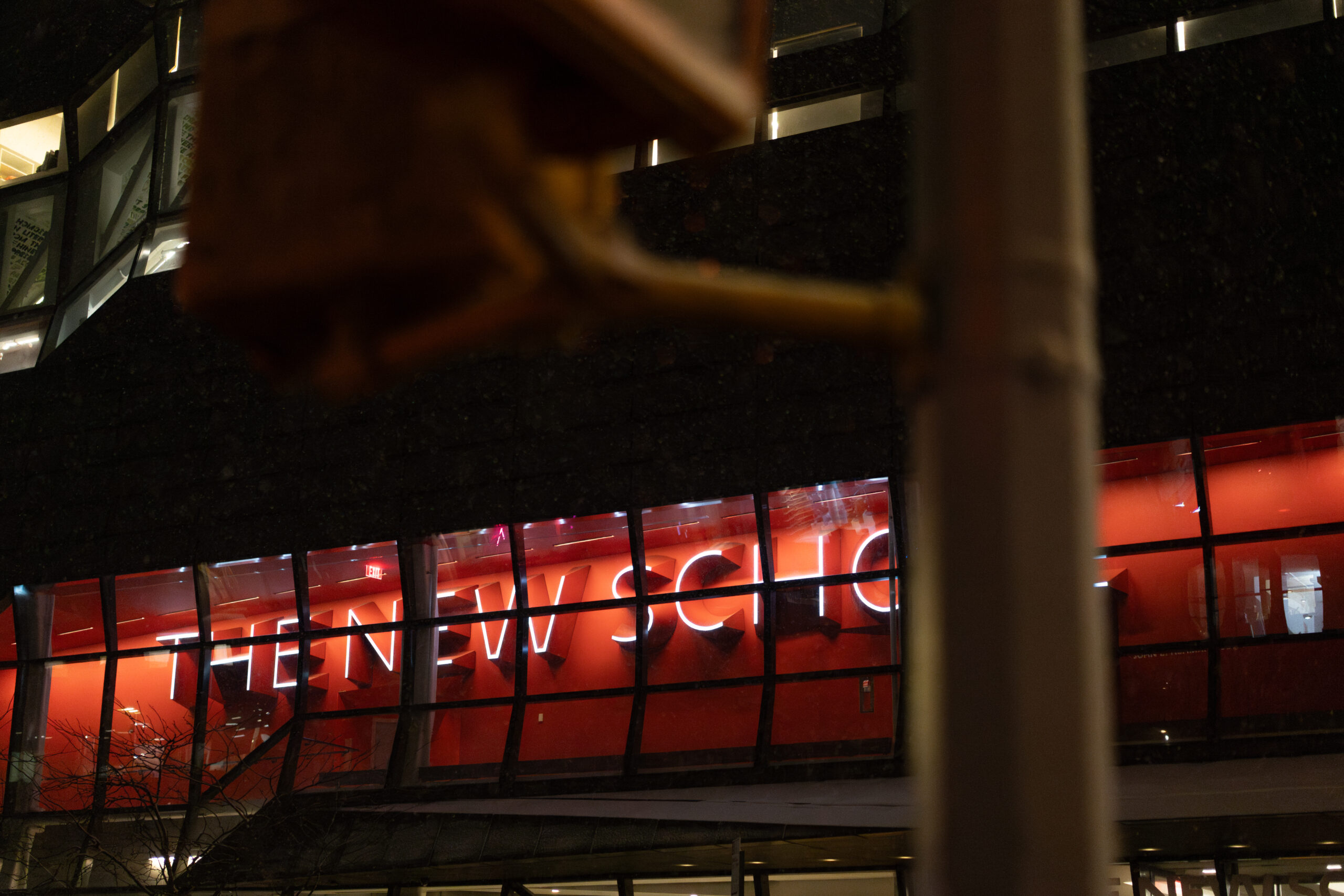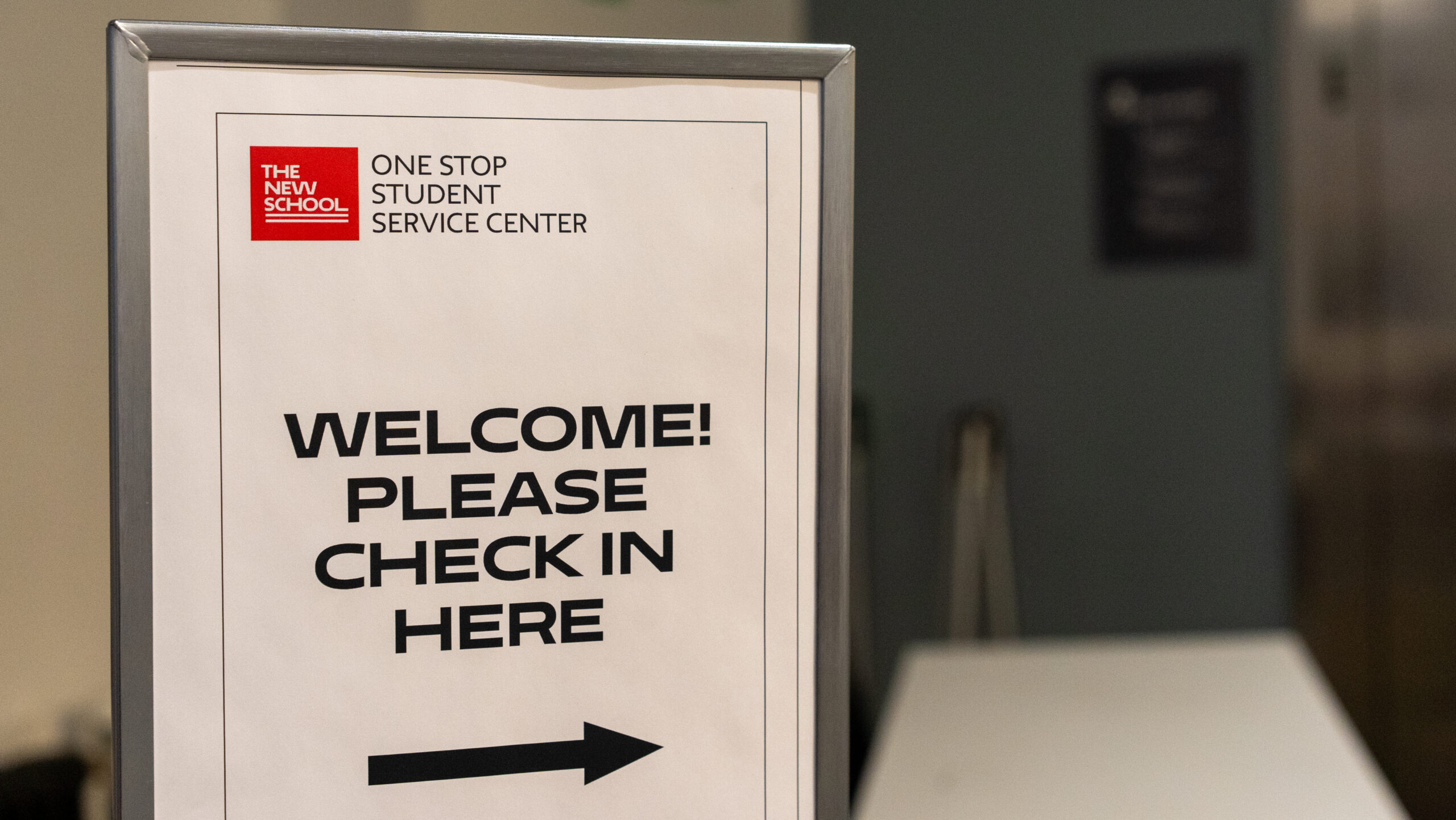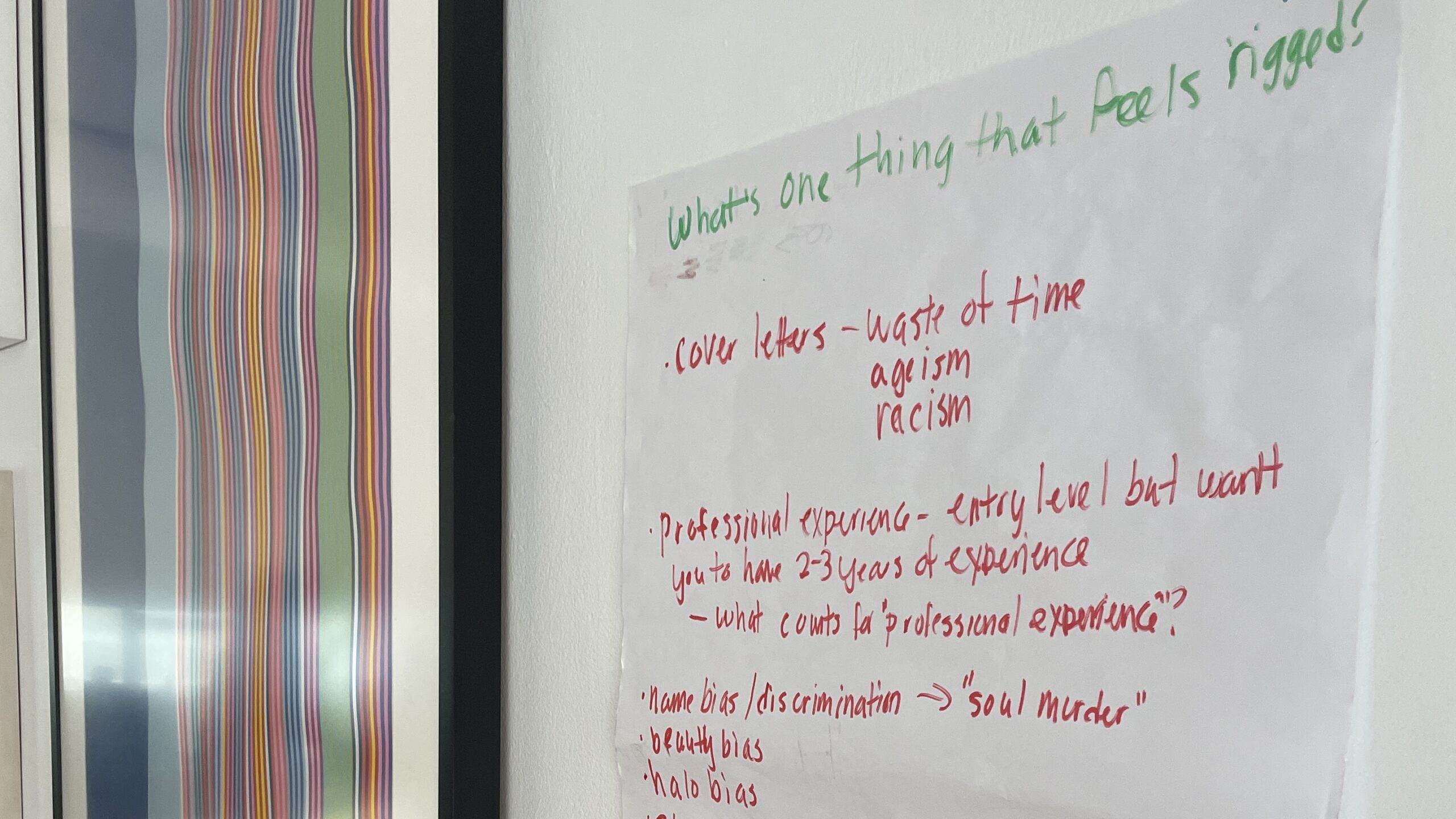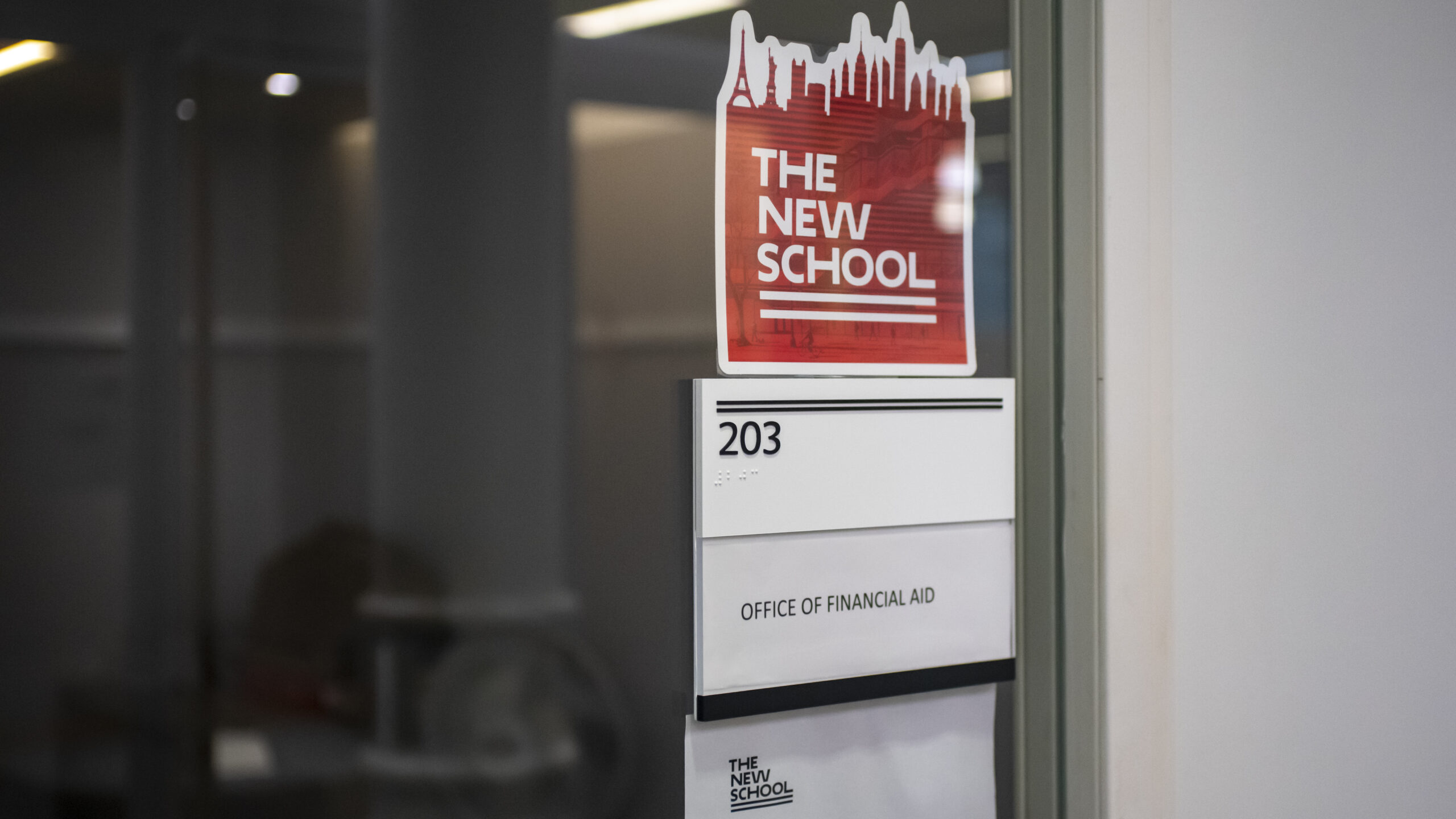According to an Institutional Research report, retention rates of Black/African American and Hispanic/Latine students are among the lowest at The New School over the last five years. Averaged data collected in the previous five years found that only 69% of Black/African American students and 73% of Hispanic/Latine students remain enrolled.
The data, collected by the Institutional Research & Decision Support (IRDS) through their university-wide census, aims to “create an opportunity for university-wide focus on systemic and emerging barriers to retention.”
The University shared in a statement to the New School Free Press that they would develop a more “robust” analysis to understand the “why” and “what” behind the retention gaps. But some students of color say their reasoning to leave comes down to the cost of attendance and a lack of representation.
A previous Eugene Lang College of Liberal Arts student and Upstate New York resident, Joselita White said it was her dream to go to college in New York City and chose TNS because she thought it was an “exclusive and great school to attend.” But after her second year, White transferred to Stony Brook University.
When White was preparing for her third year, she was on a university housing waitlist with over a hundred other students. But, when a dorm room and a better financial aid package weren’t available, she said it became “unrealistic” for her to continue due to an accumulation of debt.
“Since I was not able to secure a dorm, essentially I would have to commute to school. I was not financially able to live in an apartment because I would have to pay rent monthly out of my own pocket, and I did not have money to do that,” White said.
White attempted to find support through her advisor, with hopes of receiving more guidance, especially help due to her interest in applying to The New School’s master’s program.
“The school gave me no options to remain a student there. When I spoke to my advisor, ultimately, they said, ‘Good luck,’ and ‘It was nice to know you.’ They did not extend any resources that may help my situation,” White said.
Former Parsons School of Design student Tyshaun Zollicoffer said that, along with cost, he had an issue with the school’s lack of representation and community within faculty, students, and curriculum.
“You get hit with the aggressions, the racism, the looks, the stares, the death stares, the weird people acting like you don’t exist. You get alienated really quickly at that school, and it just makes you be like, why would I even show up here?” Zollicoffer said.
Zollicoffer chose TNS in 2021 because of their “progressive” background. However, Zollicoffer knew it was time to leave TNS when the school environment began to impact his work and comfortability to the point where he said he felt like he was “sinking.”
He ended up transferring to the Cooper Union for the Advancement of Science and Art.
“What you’re surrounded by really does matter because it affects you in multiple different ways and it affects your art. When you are constantly in a state of survival, or you’re on guard all the time, or you feel like you’re not being supported, or you don’t feel like you can be comfortable in a space, that affects you,” Zollicoffer said.
The financial aid offer Zollicoffer received from Cooper Union was also significantly larger than the one offered by The New School. Before transferring, he reached out to TNS’s financial aid office about increasing his scholarship amount or matching the amount he was awarded at Cooper Union but was told that TNS doesn’t match scholarships.
However, he stated that he found support in POC staff members, Student Leadership and Involvement, and the cafeteria and security staff. “They’ll just have a conversation with you to make your day; it just makes your day so much better,” Zollicoffer said
Although White said the lack of community as a student of color didn’t fully contribute to her leaving the school, it impacted the way she felt during her time at TNS. Stating that she was acting “unlike” herself by going to class and then immediately going back to her dorm.
“I like to socialize and meet new people, and that school is not structured in that way whatsoever. It is built for students to attend class and leave the campus. There were rarely events to bring students together and there was no student life at all,” White said.
IRDS data pulled from completed exit surveys from the 2023-2024 academic year — filled out by students before leaving the school — shows that 17% of all students surveyed leave TNS due to financial reasons. Of the Black and Hispanic students surveyed, 26% said they left TNS for financial reasons.
In a statement shared with the New School Free Press, the university said, “The observed disparities aren’t unique to The New School …”
Although the report doesn’t explore the question of why, the University shared in a statement, “On a macro level, several studies highlight structural, social, and economic factors contributing to lower retention rates among Black and Hispanic college students,” the University sharing that it is “above the national average.” The most recent data from the fall 2022 cohort for national retention shows that 56.6% of Black students and 63.6% of Hispanic students were retained.
However, for prior students like Zollicoffer, part of the answer is clear: “You’ve got to look at the root of this, and it’s money and it’s racism and until the school really addresses those two things nothing’s gonna be solved or changed,” he said.








Leave a Reply